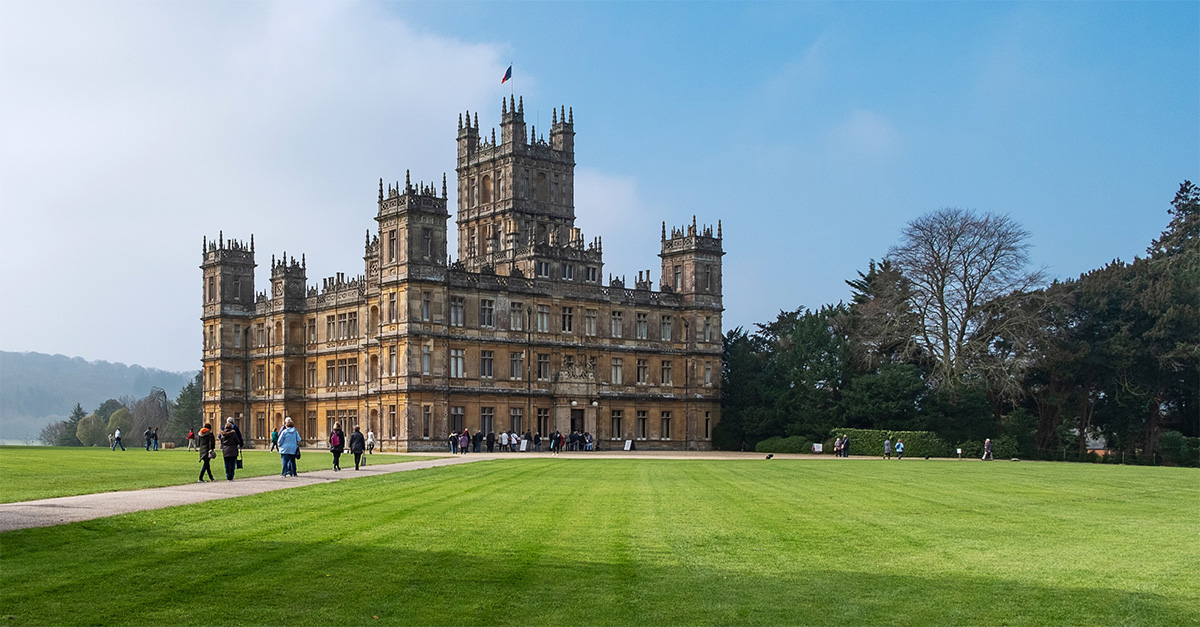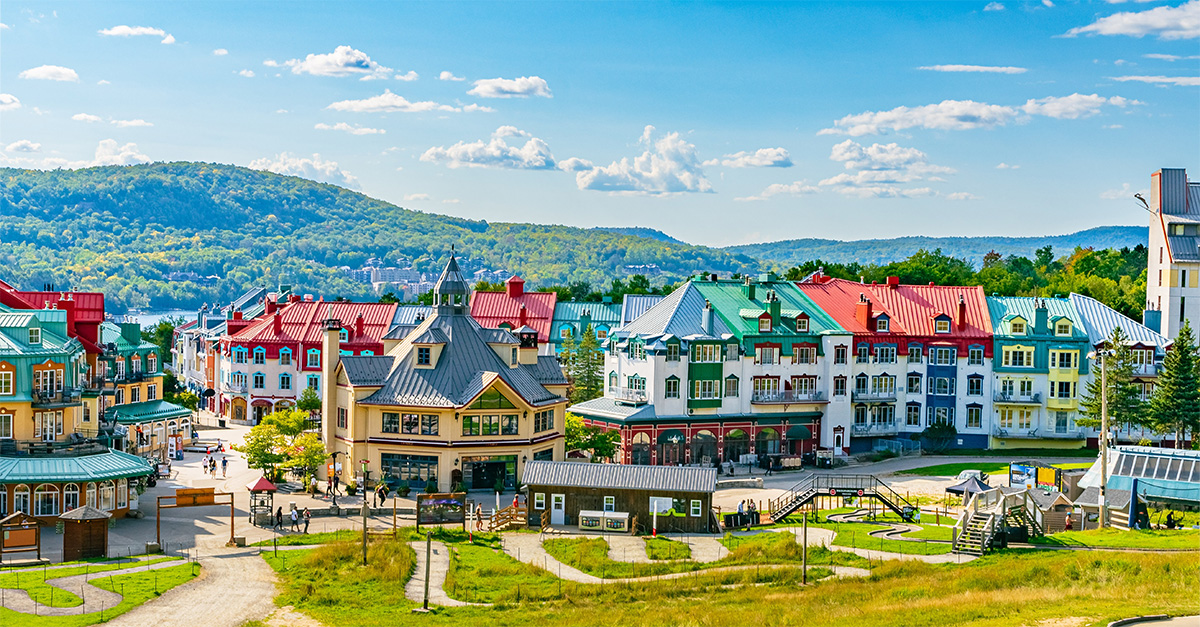Kerry Christiani gets all fired up about Portugal’s hidden gem, the Azores
Like this and want more details? Click here to download and save as a PDF.
New Zealand stole the limelight as Middle Earth in The Lord of the Rings, but it could just as easily have been the Azores.
After all, these nine green specks of islands have all the makings of a setting for an epic Tolkien novel: mist-wreathed volcanoes, eerie lava tubes, jewel-coloured crater lakes and ferny laurel forests suspended against the crashing backdrop of the Atlantic.
Born from volcanic eruptions that began 10 million years ago and discovered by pioneering navigators in the 15th century, these Portuguese islands are scattered like mid-Atlantic stepping stones between Lisbon, 930 miles east, and New York, 2,400 miles west.
The islands cluster into three groups: Corvo and Flores in the west; Faial, Pico, São Jorge, Terceira and Graciosa in the centre; São Miguel and Santa Maria to the east. They feel fantastically remote, but London is under four hours away.
SELL: RIPE FOR THE DISCOVERY
Until recently most people would have had trouble pinning the Azores on the map, but they are now having something of a moment, thanks to steadily rising visitor numbers and a wave of recent press coverage.
This year, Fodor’s Go List ranks them as one of the best 25 places to visit, The Guardian rates Santa Maria as one of the 20 best bargain beach destinations, and the islands snapped up the Quality Cost Gold Award for their commitment to sustainable tourism. The Azores’ star is rising.
And you can believe the hype – these islands, known for their exceptional biodiversity, geotourism and subtropical microclimates that nurture pineapples, yams, tobacco, bananas and even tea plantations, have tremendous pulling power.
There is walking to rival that in Madeira, with trails leading from volcanic crater to coast, as well as myriad outdoor pursuits from diving to canyoning, kayaking, surfing, mountain biking and birdwatching. This is one of the best places on the planet for whale- and dolphin watching: 25 of the world’s 80 cetacean species are resident or migratory here.
For the less active, there are black-and-white lava stone hamlets where the rhythm of village life remains nostalgically laid-back, and harbour fronts full of character such as Ponta Delgada on São Miguel and Unesco-listed Angra do Heroísmo on Terceira to explore, as well as black-sand beaches and natural swimming pools.
Limpets, wreck fish, tuna and swordfish feature on many menus, as do brothy stews served with sweet bread, couves fritas (fried cabbage) and tangy cheeses. Prices are reasonable island-wide: a beer costs about £1, a coffee £60p, dinner and drinks about £20.
Temperatures hover around the mid-twenties in summer and the mercury rarely dips below 10C in winter, though days can be rainy. In spring the islands erupt with a profusion of hydrangeas and camellias, while April to September is prime whale-watching season.
Year round, Sata operates a direct flight every Saturday from Gatwick to Ponta Delgada, with frequent onward connections to all other islands. Tap operates daily flights to Lisbon from Heathrow, Manchester and Gatwick (except Sunday and Thursday for the latter), with connecting flights daily to Terceira, Faial and São Miguel.
SEE: WHALES AND VOLCANIC WONDERS
Few experiences are as exhilarating as bumping over the Atlantic in a semi-rigid dinghy, lashed with salty spray, in the hope of spotting a whale.
The odds are particularly good on Faial, where regulars include sperm whales, which surface like 20-metre-long torpedoes. Since the 1987 whaling ban, the Azores has made a spectacular U-turn, shifting its focus towards sustainable half-day tours to admire the cetacean stars that splash around in its waters.
In Horta’s marina, ahas reeled in sailors since 1918, with its just-caught seafood, spot-on G&Ts and fascinating scrimshaw museum.
From Horta, Pico’s volcanic cone feels close enough to touch. Absorbing the entire island with its scale and symmetry, at 2,351 metres Mount Pico is Portugal’s highest peak.
If the stiff four-hour hike to the summit doesn’t appeal, it can be admired on the road that lopes into the heights. In the northwest of the island, the Caminhos de Santa Luzia trail wends through vineyards sloping down to the ocean, which yield some excellent Verdelho white wines.
From the Serra do Cume lookout on Terceira it’s easy to lose the geographical plot, gazing out over patchwork fields in an array of greens. The island combines the soft dairy country of the Yorkshire Dales with the primeval beauty of mossy laurel forests and volcanic wonders like the 90-metre-deep Algar do Carvão, a glittering descent into a lava tube encrusted with stalactites.
Unesco World Heritage Site Angra do Heroísmo, reclining on the island’s southern shore, catapults visitors back to Portugal’s 15th-century Age of Discovery. Its fortress presides over a mosaic-cobbled centre of Renaissance churches and pastel-daubed townhouses with Juliet balconies.
Over to the east, the biggest island, São Miguel, is the Azores in microcosm. Subtropical greenery drapes luxuriantly over steep-sided calderas, of which Furnas is the most spectacular.
Here cozido, a hearty meat and veg stew, is slow-cooked in fumaroles that steam and splutter like boiling kettles. Around its centrepiece geothermal lake, Terra Nostra Park bristles with azaleas, camellias, gingko trees and botanical rarities including cycad trees, called living fossils because they’ve remained unchanged for millions of years.
From Mirador do Rei, there are phenomenal views of Sete Cidades and its twin crater lake, legendarily created from tears shed by star-crossed lovers – a blue-eyed shepherd and a green-eyed princess.

STAY: BIG OCEAN VIEWS, BOUTIQUE CHARM
Sunvil remains at the helm of Azorean holidays, with accommodation on all nine islands, though a number of specialist operators are also onboard, including Atlantic Holidays and adventure-focused Inntravel and Explore.
Holidaymakers can opt for multi-island itineraries, or pick a one-island base and tailor their stay with bolt-on excursions from whale-watching to cheese tasting, and horticultural tours.
Most accommodation slots neatly into the mid-range, three- to four-star category, with last-minute, low-season deals going for as little as £500 for a week’s B&B including flights from Gatwick.
In spring this year, the Azores opened its first five-star proprety, Angra Marina in Angra do Heroísmo on the island of Terceira. Rising like the bow of a ship, the 130-room hotel is like an ode to the ocean, with a crisp, clean aesthetic in rooms splashed with turquoise blue and affording breezy views. A spa with hydrotherapy treatments, marble lobby and piano lounge crank up the luxury.
Over in Pico, a more rustic choice is Adegas do Pico in the low-key fishing village of Prainha, where 12 black lava-stone cottages are set amid pin-drop peaceful groves of vines and banana trees.
Another fine base for a walking or whale-watching holiday with a dash of boutique charm is Pousada Santa Cruz on the neighbouring isle of Faial. The ivy-draped, 16th-century fort now harbours 28 tastefully designed rooms and has a pool overlooking Horta’s pretty marina.
São Miguel predictably offers by far the greatest choice of accommodation. In Ponta Delgada, the island’s capital, old-school charm rules at Hotel do Colegio, a beautifully restored 19th-century music college. Here chef Guiomar Correia puts a creative spin on regional cooking.
Former BBC executive Nick Heathcote fell in love with the Azores following a QE2 whistle-stop tour in 1997. His 160-year-old country estate in Caloura, Quinta do Mar, is a romantic bolthole, with four double rooms, an infinity pool and an ocean-facing breakfast pavilion.




